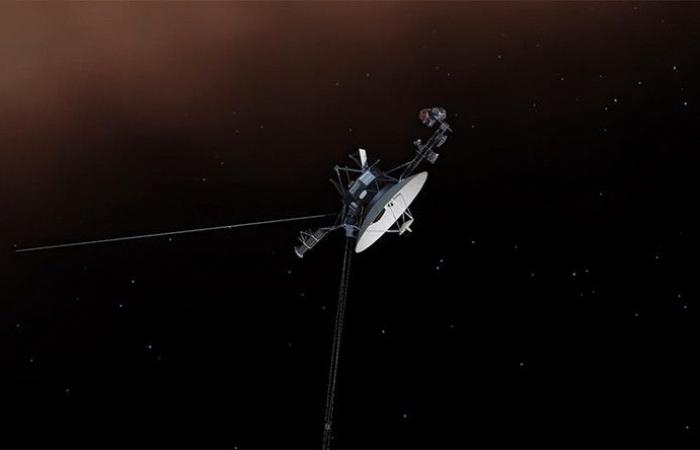JPL announced yesterday, June 13, 2024, that NASA’s Voyager 1 probe has resumed successfully sending scientific data to Earth from all four of his instruments still active.
After a technical problem that arose in November 2023 that caused illegible data to be sent, between March and April 2024 the mission team found the cause: a chip in the memory of one of the three on-board computers, the Flight Data Subsystem (FDS ). On May 19, the team had transmitted a command to the probe to begin returning scientific data, and two of the four instruments are immediately returned to normal operating modes. These were the Plasma Wave Subsystem and the magnetometer.
The other two, the Cosmic Ray Subsystem and the Low-Energy Charged Particles, have additional work required, but now all four are returning usable scientific data. These are, clearly, the only four instruments still active, since NASA chose to turn off the others little by little due to the decrease in available electrical energy.
Four instruments, 24 billion km away
Voyager 1 is currently more than 24 billion kilometers from Earth, while its twin Voyager 2 is more than 20 billion km away. The probes will celebrate 47 years of activity this year since their launch in 1977 and are currently the spacecraft that have traveled the furthest from our Solar System.
Voyager 1 crossed the heliopause on August 25, 2012, becoming the first probe to do so. Two years later, it began experiencing a third wave of coronal mass ejections from the Sun that continued until at least December 15, 2014, confirming it was (and still is) in interstellar space.
The instruments that NASA has chosen to keep active are particle, magnetic field and radiation detectors. In fact, these are instruments that can send important data on the heliosphere and the characteristics of the environment they are passing through.
A problem (almost) solved
Voyager 1 began transmitting unreadable data on November 14, 2023. On December 12, 2023, NASA announced that Voyager 1’s flight data system was unable to use its telemetry modulation unit, preventing it from transmitting data scientific. On March 24, 2024, JPL reported that it had made significant progress in interpreting the data received.
Between March and April, the American Agency confirmed that the fault was probably in a memory bank of the FDS), probably due to being hit by a high-energy particle or simply due to wear. The FDS was not communicating properly with the Telemetry Modulation Unit (TMU), which began transmitting a repeating sequence of ones and zeros indicating that the system was in a locked condition.
After restarting the FDS the communications remained unusable. Only on April 20 was it possible to restore correct telemetry. And subsequently also the sending of usable scientific data.
While Voyager 1 returned to conducting scientific activities, Further (minor) work is required to eliminate the effects of the problem. Specifically, engineers will resynchronize the timing software in the probe’s three onboard computers, so they can execute commands at the right time. The team will also perform maintenance on the digital recorder, which records some data for the plasma wave instrument that is sent to Earth twice a year.
© 2024 Astrospace.it All rights reserved. This article may be reproduced or distributed in full only with the written authorization of Astrospace.it or partially with the obligation to cite the source.







